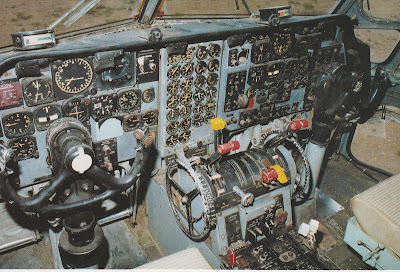Trail sign for Gold Creek
Beautiful colors already just at the trailhead parking lot
We have gone on several hikes these past few weeks and I do want to at least cover some of the new places and a couple of the revisited places one at a time. Although the Gold Creek Trail was not a new one for us, we have hiked and cross-country skied here, this year we hit probably the peak of the Autumn colors hence it seemed especially appropriate to share pictures and notes of this hike first.
To be fair, it has rained this month more than the usual amount. As of today we are close to breaking a record for October rainfall; therefore, we expected to encounter some mud and perhaps standing water on the trail. What we did not anticipate was the redirection of some of the small creeks. The trail literally became a creek in several places. Fast running water was pouring down the trail even though the day we hiked it was foggy not raining. Our boots are waterproof so we forged ahead slogging through hoping to achieve the bridge destination at about a 4 mile turn around spot. Unfortunately we eventually encountered a water pool in the center of the trail that extended on both sides and disappeared in bogs. No way to go around. A probe with one of the trekking poles showed that the water was too deep for our boots and would come over the tops. It was impossible to tell for sure how deep the center part of this pool was and since we had ended up the week before covered in mud to our knees we chose not proceed to the original turn around and backtracked to a drier, rocky place where we could sit, eat lunch and begin the return down. Very few people that day; we only encountered a work party and three other people actually on the trail. As we approached the trailhead we met a couple more people and 2 dogs. The round trip for us ended up approximately 7 miles with about 300 feet of vertical gain.
Typical Autumn colors amid the fog
Lichen in bloom. I had never seen this before and Bob had only seen it on rare occasions.
Vine maples
Bob taking photos
The leaf covered trail
Amazing and beautiful nature display
Gold Creek, more a river than a creek, as it can be glimpsed from places along the trail
These look like snow berries but are not. We were unsure what they were.
The small red mushroom (toadstool) above is poisonous. The small brown and tan ones below grow on rotting logs and can be found in large numbers.
Queen's Cup berries. We had never seen these berries before and were surprised at the intense blue color.
Interesting fungi
Alta Mountain with the first new snow
There were a couple of these areas with tumbled rocks from slides. Sometimes it was hard to distinguish the trail.
Something new that has been added is a pass under the freeway for wildlife to use. Projects like this one have been successful in Canada. There are signs identifying the area.
It looks like a normal bridge but up closer we could see that the corridor under the bridge is open with a stream and rocks and has been designed to look like a natural area for animals. Some animals like elk are reluctant to go under so another area will eventually have an overpass for them.






















































